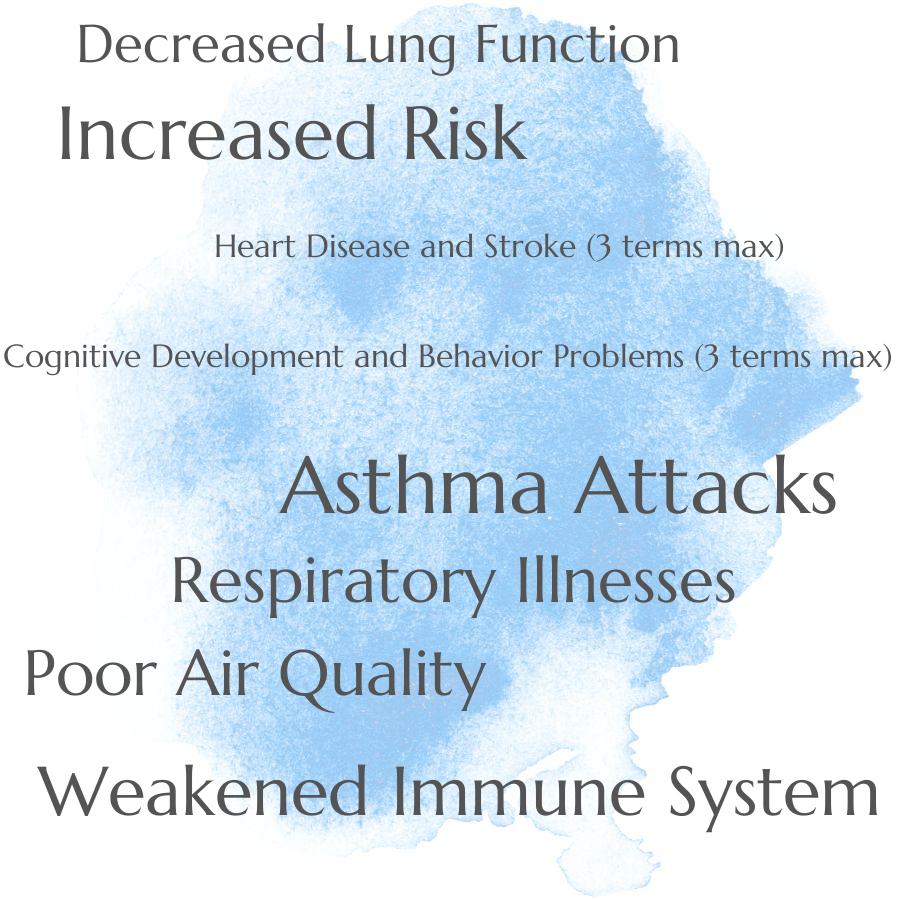To improve indoor air quality, ensure that your home is properly ventilated by opening windows and using exhaust fans to draw out stale air.
If you’re looking to improve the air quality in your home, proper ventilation is key. With the right ventilation system, you can reduce allergens, dust, and other contaminants that may be circulating through your home.
In this blog post, we’ll discuss how to properly ventilate your home for better indoor air quality. We’ll cover topics such as selecting a ventilation system, maintaining good airflow throughout the house, and more.
Read on to learn more about improving indoor air quality with proper ventilation!
Clean Air Filters

Air filters help to remove dust, pollen, and other airborne particles from the air in your home. By regularly replacing or cleaning your air filter, you can ensure that the air in your home is free of these pollutants and allergens.
Cleaning or replacing your filter on a regular basis will also help to improve the efficiency of your HVAC system by allowing it to run more efficiently. To clean an air filter, simply remove it from its housing and use a vacuum cleaner with a brush attachment to gently remove any dirt or debris that has accumulated on the surface.
Once cleaned, replace the filter back into its housing and make sure it is securely fastened before turning on your HVAC system again.
Open Windows and Doors
This method of ventilation allows fresh air from outside to enter the home, while also allowing stale, polluted air inside to escape. Opening windows and doors helps reduce levels of airborne pollutants such as dust, pollen, smoke, mold spores, and other allergens that can cause health problems.
It helps reduce humidity levels in the home which can lead to mold growth. When opening windows and doors for ventilation purposes it is important to ensure that they are not left open for too long or during extreme weather conditions such as heavy rain or strong winds.
It is also important to make sure that any screens on the windows are in good condition so that insects cannot enter the home through them.
Use Exhaust Fans
They work by drawing stale, polluted air out of the room and replacing it with fresh, clean air from outside. Exhaust fans can be installed in bathrooms, kitchens, laundry rooms and other areas where moisture or odors may accumulate.
When used properly, exhaust fans help reduce humidity levels and remove pollutants such as dust mites, mold spores and smoke particles from the air. They can help prevent condensation on windows which can lead to mold growth.
To ensure optimal performance of your exhaust fan system it is important to regularly check for blockages or damage that could impede airflow.
Install an Air Purifier
An air purifier works by drawing in contaminated air, filtering out pollutants and allergens, and then releasing clean, fresh air back into the room. Air purifiers come in many different sizes and styles to fit any space or budget.
They can be used alone or as part of a larger ventilation system. When choosing an air purifier for your home, it’s important to consider factors such as size, filter type, noise level, energy efficiency rating, and cost.
With proper installation and maintenance of your chosen model, you can enjoy improved indoor air quality for years to come!
Reduce Indoor Pollutants Such As Smoke and Chemicals
Ventilation helps to remove stale, polluted air from the home and replace it with fresh, clean air. This can be achieved by opening windows or using mechanical ventilation systems such as exhaust fans or whole-house ventilation systems.
Exhaust fans are typically used in bathrooms, kitchens, and laundry rooms to draw out moisture-laden air that can cause mold growth. Whole-house ventilation systems use a fan to draw in fresh outdoor air while pushing out stale indoor air through ducts connected to vents in each room of the house.
Both types of systems help reduce pollutants like smoke and chemicals by removing them from the home’s interior environment. Regularly changing furnace filters will help keep dust particles from circulating throughout your home’s interior space.
Maintain Humidity Levels Between 30-50%
Humidity is the amount of water vapor in the air, and it can affect how comfortable you feel inside your home. Too much humidity can cause mold and mildew growth, while too little humidity can make it difficult to breathe.
To maintain a healthy level of humidity, you should use a hygrometer or humidistat to measure the relative humidity in your home. You can then adjust the ventilation system accordingly by using fans or dehumidifiers as needed to keep the relative humidity between 30-50%.
You should ensure that all areas of your house are well ventilated with fresh air from outside by opening windows when possible and running exhaust fans when necessary.
Clean Carpets Regularly
Carpets can trap dust, dirt, and other particles that can contribute to poor air quality. Vacuuming carpets on a regular basis helps remove these particles from the carpet fibers and prevents them from being released into the air.
Deep cleaning carpets with a steam cleaner or professional service every 6-12 months will help keep your home’s air clean by removing any trapped dirt or allergens that vacuuming alone cannot reach.
Avoid Using Chemical-based Cleaning Products
One way to do this is by avoiding the use of chemical-based cleaning products. These products contain harsh chemicals that can be released into the air, leading to poor air quality and potential health risks.
Instead, opt for natural alternatives such as baking soda, vinegar, or lemon juice when cleaning your home. Not only are these options safer for your family’s health but they are also more cost effective and better for the environment.
Open windows whenever possible to allow fresh air in and stale air out; this will help keep your home well ventilated without relying on potentially harmful chemicals.




